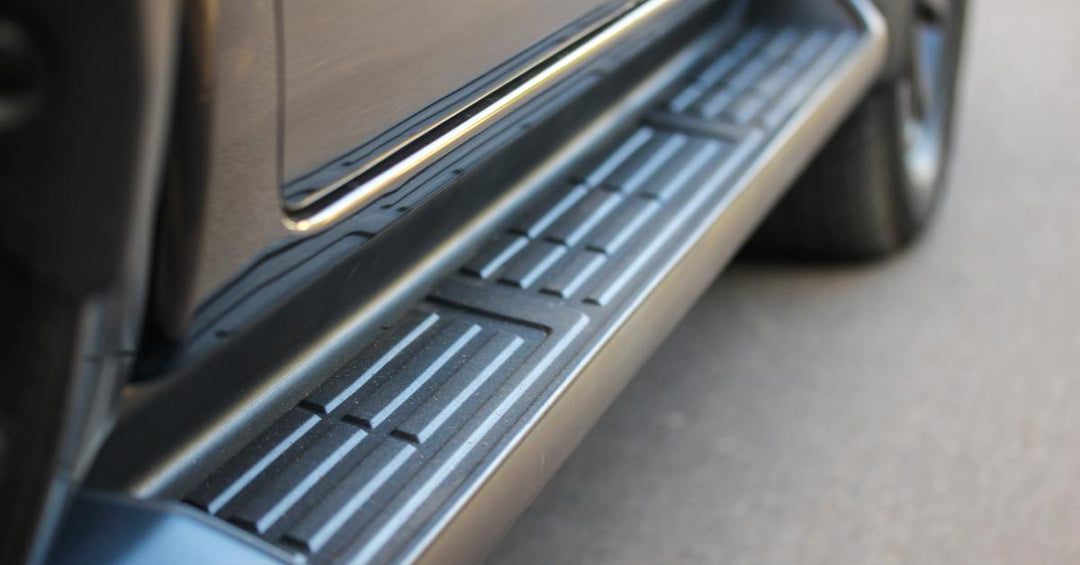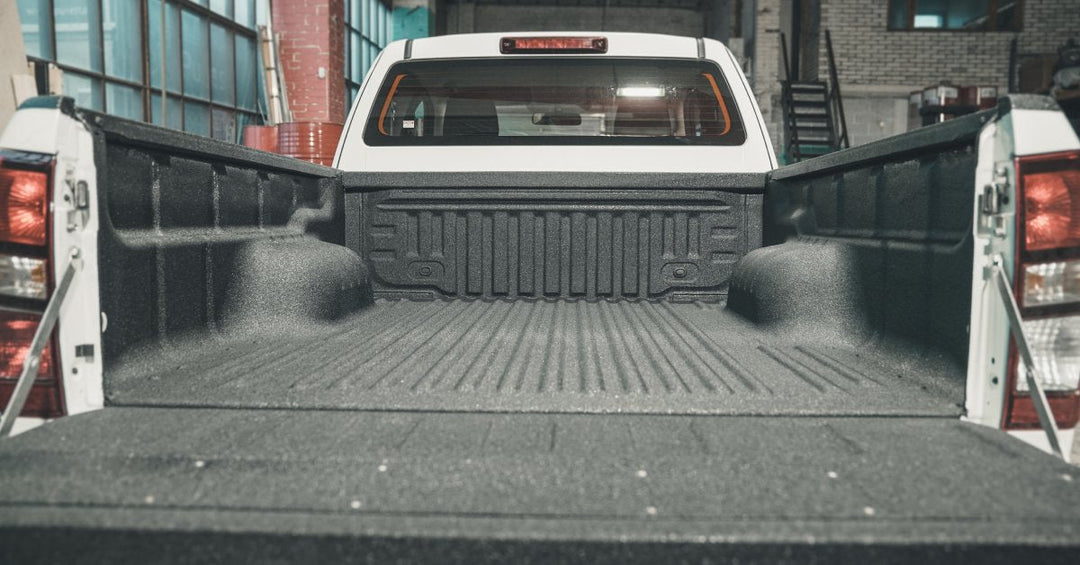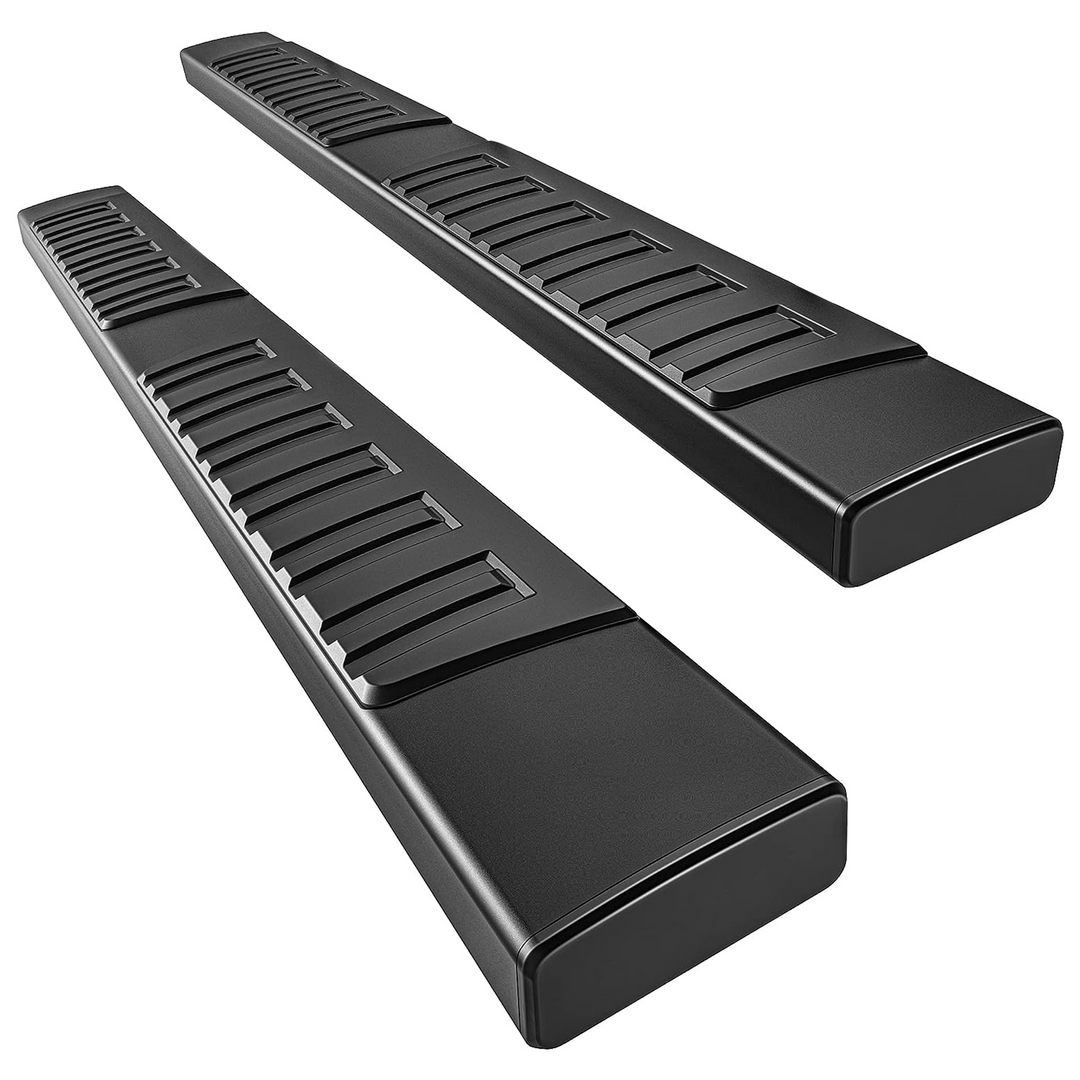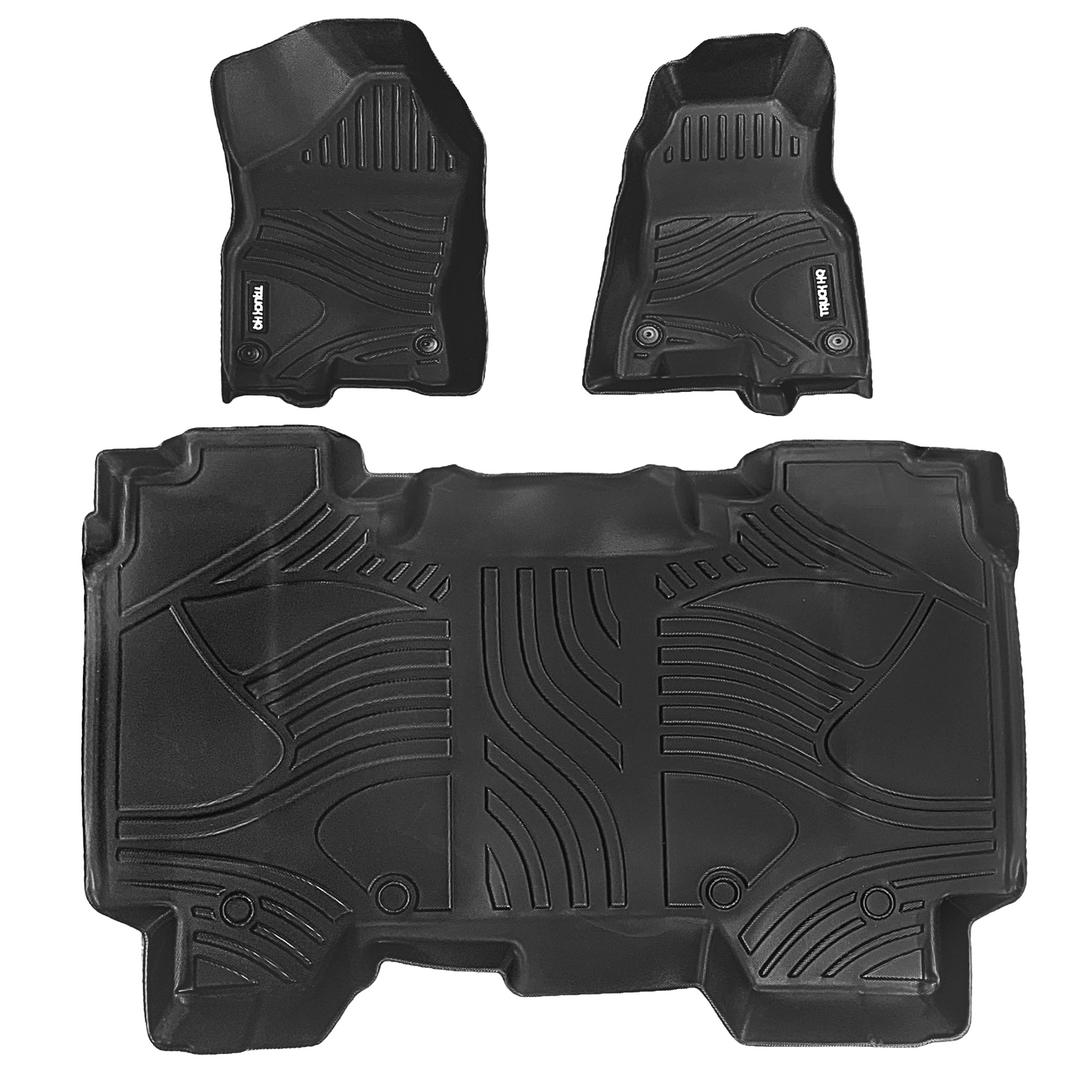Side Steps vs. Running Boards: What’s the Difference?

Practicality and functionality play a significant role in decision-making when modifying trucks or SUVs. One common concern is making it easier to get in and out of these taller vehicles. Side steps, running boards, and similar accessories solve this problem while adding style and enhancing convenience.
However, truck and SUV owners often face a dilemma when choosing between these two options. While both serve a similar purpose, they cater to different needs and preferences. Choosing the right accessory depends on factors such as design, durability, and how you plan to use your vehicle.
Take a closer look at the differences and benefits of each option to make the best decision. Exploring the differences between side steps and running boards will ensure you make the best investment for your truck or SUV.
Understanding Side Steps
Side steps are individual platforms mounted beneath each door, designed for stepping into the vehicle. They are compact, making them ideal for drivers looking for a subtle yet functional solution. Their minimal design allows them to blend seamlessly with most vehicle styles.
Despite their smaller footprint, side steps offer robust support and can accommodate a range of foot sizes. They provide convenience, particularly for those with lifted trucks. Side steps might be the ideal choice if you prioritize ease of access and sleek aesthetics.
Understanding Running Boards
Running boards are flat panels running along the length of the vehicle’s cabin entry points. They provide continuous stepping space, making them ideal for families and frequent passengers. The larger surface area ensures a sturdy platform for entering and exiting the truck safely.
Unlike side steps, running boards provide uniform coverage, often shielding the vehicle’s sides from debris. They also cater to versatility, adding functionality and design flair to your truck or UV. Running boards are the best option if you are looking for broader coverage.
Design and Aesthetic Differences

Note how each option contributes to your vehicle’s appearance and ambiance when considering its design and aesthetic differences. The choice of step accessory can significantly enhance the vehicle’s aesthetic appeal while reflecting your personality, whether aiming for a sleek and minimalist appearance or a bold and premium statement.
Side Steps
Side steps provide functionality and style, seamlessly blending into the vehicle’s overall aesthetic while offering ease of access. These are some of their main characteristics:
- Sleek and minimalistic design: Side steps are narrow and streamlined, making them ideal for subtle modification to their vehicle. They blend seamlessly with the vehicle’s lines without standing out too much.
- Compact appearance: Their smaller size ensures they don’t stick out far from the vehicle’s body, maintaining a clean and simple aesthetic.
- Versatile look: Side steps are versatile enough to match a variety of vehicle designs, from sporty SUVs to more classic models, without appearing overly bold.
- Functional simplicity: They prioritize functionality with a focus on utility, ideal for owners who prefer practicality over robust styling.
- Materials used: Side steps use durable materials such as aluminum, stainless steel, or heavy-duty plastic. Some designs also incorporate rubberized or textured finishes to enhance grip and further improve functionality.
Running Boards
Running boards blend functionality with aesthetic appeal, often complementing the vehicle’s style and structure. They stand out with the following characteristics:
- Bold and prominent design: The running boards are wider and more substantial, offering a visible and striking enhancement to the vehicle's exterior. They are perfect if you want to make their truck stand out.
- Enhanced styling options: Running boards feature highly customizable designs, including textured metal, painted accents, or chrome finishes, allowing you to tailor them to create either a rugged or luxurious look.
- Greater visual impact: Due to their size and placement, running boards convey a sense of sturdiness and durability, elevating the vehicle’s presence.
- Integrated appearance: Many running boards appear as a natural extension of the vehicle, creating a cohesive and finished look.
- Materials used: Running boards use a variety of durable materials to ensure long-lasting performance and resistance to wear. Common materials include aluminum, known for its lightweight yet sturdy properties, and stainless steel, which offers excellent corrosion resistance and a polished finish.
Durability and Maintenance
Side steps, while convenient and lightweight, offer limited resilience over time. Their smaller size and more exposed design can make them prone to wear and tear faster, especially in harsh weather conditions or with frequent use. This corrosion often requires more consistent upkeep to preserve its appearance and functionality, which can be a drawback for those seeking a low-maintenance solution.
Running boards stand out as a durable and reliable accessory, especially when crafted from high-quality, weather-resistant materials. Their robust design provides excellent protection against the elements and everyday wear, ensuring long-term functionality with relatively minimal maintenance. Investing in high-quality pickup truck running boards is necessary to ensure long-term reliability and protection.
Accessibility for Passengers
Side steps provide convenient access for drivers and passengers, particularly for children or older individuals. However, their compact design may not always offer full coverage along the vehicle, which can be inconvenient for multiple passengers exiting at the same time.
Running boards, with their continuous step, provide superior accessibility for everyone entering or exiting the vehicle. They are particularly advantageous for families or those frequently accommodating passengers. The larger surface ensures everyone has ample footing, reducing the risks of slips or falls.
Off-Road Functionality

Running boards tend to outperform side steps in several key areas with off-road functionality. While side steps are compact and sleek, their limited coverage leaves much of the vehicle’s underside vulnerable to damage from rocks, debris, and rugged terrain.
Running boards provide superior protection, covering a broader surface area along the vehicle’s sides. This additional coverage shields against potential hazards and prevents dirt and mud from splashing onto the truck. Though they may slightly reduce ground clearance in some cases, their functional advantages make them a more reliable choice for serious off-road enthusiasts.
Cost Considerations
Side steps are a cost-effective solution, often available at a lower price point than running boards, making them an attractive option for budget-conscious vehicle owners seeking functionality without overspending. Depending on their affordability, lower-quality steps can sometimes compromise on practicality.
Running boards, although more expensive, typically offer additional benefits, including side protection and increased surface area. They contribute to the vehicle’s resale value, making them a worthwhile investment in the long term. Choosing the right accessory ultimately depends on your priorities and budget.
Choosing between side steps and running boards requires consideration of your specific needs and lifestyle. Both options cater to different purposes, with side steps being better suited for off-road enthusiasts and running boards offering a sleeker, full-coverage design for everyday use. By understanding the difference, you can make a thoughtful, informed decision that aligns with your goals.
Whether you prioritize minimal design, robust support, or added coverage, either choice will improve your vehicle’s functionality. With the right investment, you’ll enjoy a more practical and visually appealing truck. Ensure your investment matches your vehicle’s style, usability, and your daily requirements.























